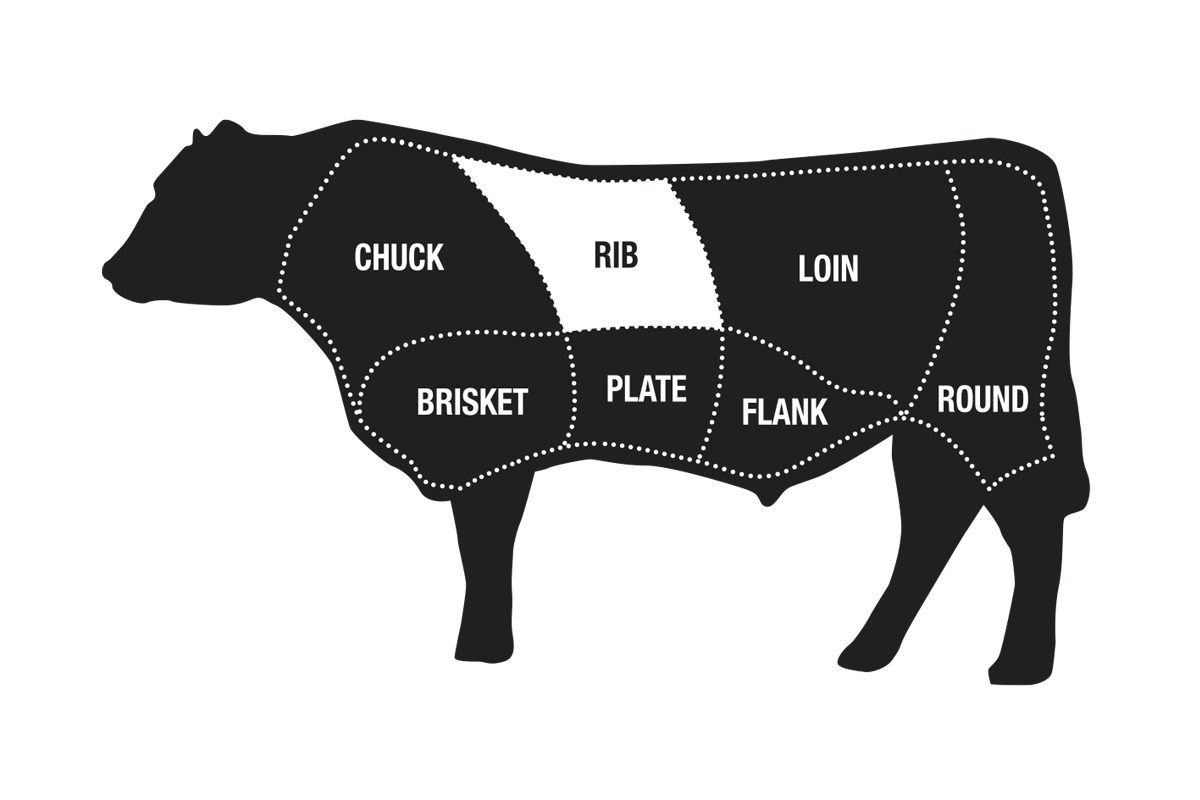Wagyu Boneless Prime Rib
American Wagyu
SRF Wagyu boneless prime ribs are highly marbled and include the tender center eye surrounded by the rich cap. These are easy to prepare and carve. Choose from a variety of grades and sizes.
Cut by Master Butchers
Humanely Raised Beef
Family-Owned & Operated
Details
Cooking Tips
Beef Grading
These richly marbled American Wagyu prime ribs have the rib bones removed for easy preparation and uncomplicated carving at the table. This boneless prime rib features the full ribeye section with the center eye surrounded by the rich cap. Our boneless prime ribs are available in three different grades: SRF Sliver®, SRF Black® and SRF Gold®
These are natural products, and the actual weights may vary by +/- .5 lb.
Snake River Farms beef grades start at USDA Prime, the top grade on the USDA scale. The majority of SRF beef is marbled well beyond this level. To grade SRF, we use the 12-point Japanese Beef Marbling Score (BMS), which measures marbling that exceeds the USDA scale.
SRF Silver® - BMS of 4 to 5. Marbling comparable to USDA Prime.
SRF Black® - BMS of 6 to 8. Significantly more marbling than USDA Prime.
SRF Gold® - BMS of 9 to 12. The highest marbling available from Snake River Farms.











